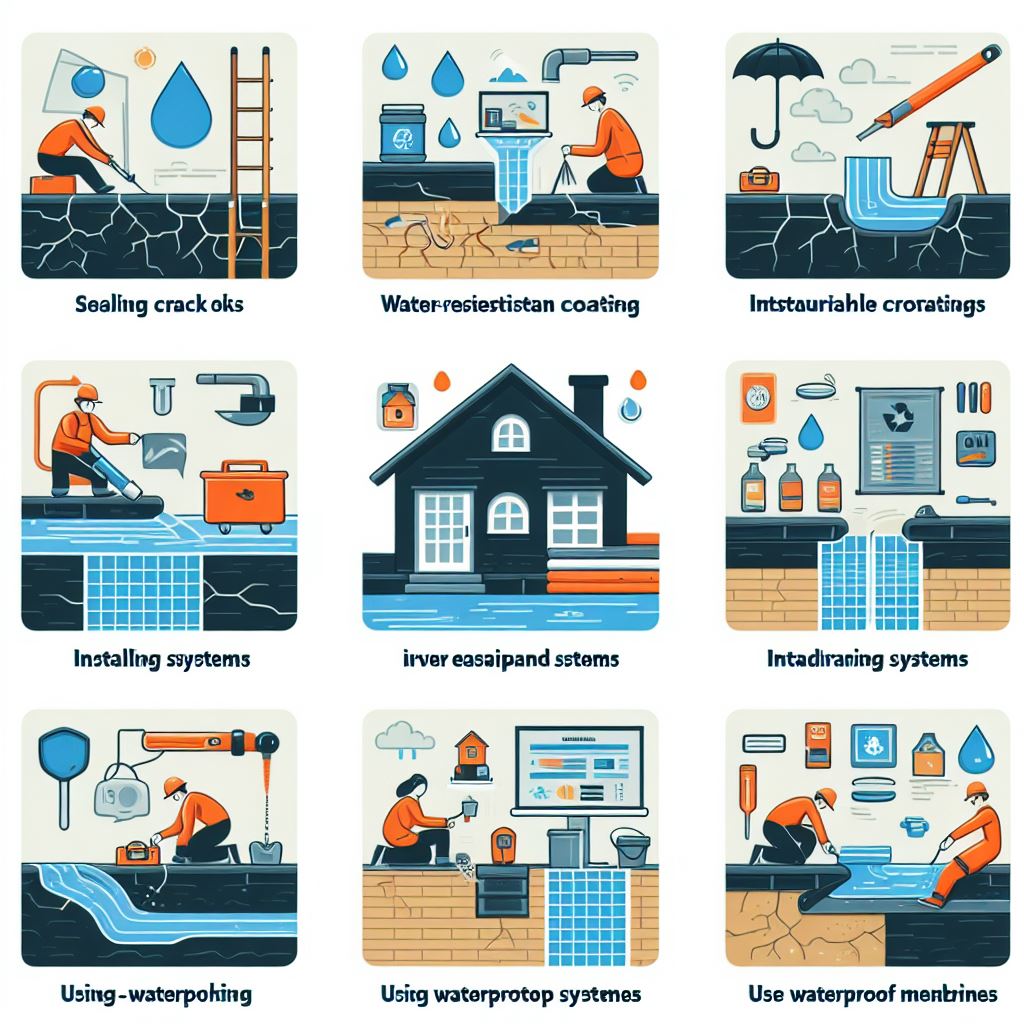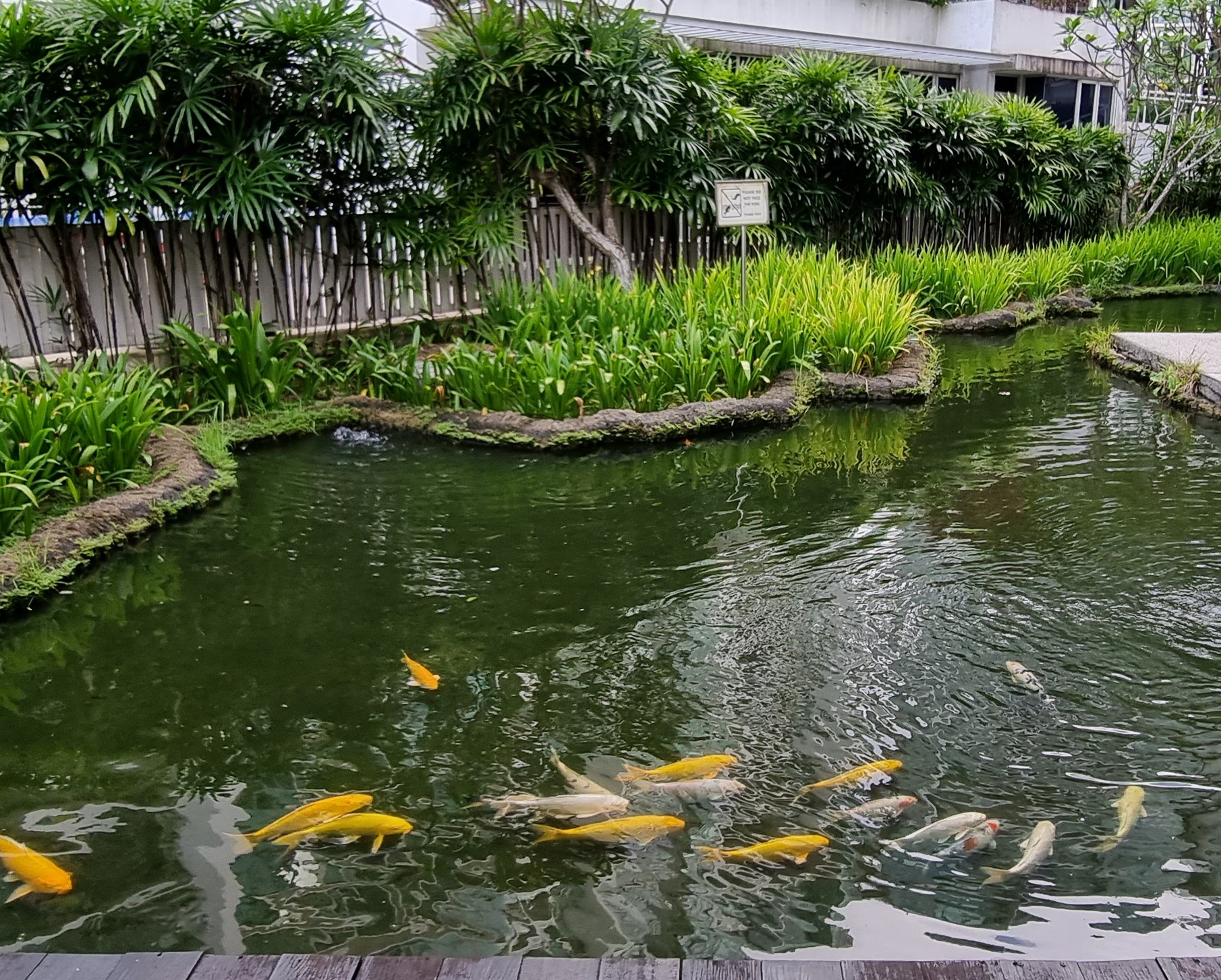The Art of Waterproofing: Protecting Your Assets from Water Damage
Water damage can be a homeowner’s worst nightmare, leading to costly repairs and significant stress. As a waterproofing professional with three years of experience in the industry, I’ve seen firsthand the devastation that water can cause. But more importantly, I’ve learned the most effective ways to prevent it. In this blog, we’ll explore the cutting-edge equipment, methods, and materials that can save customers from high costs in water damages and repairs.
Understanding the Risks
Waterproofing isn’t just about dealing with the aftermath—it’s about prevention. Water can seep into the smallest cracks and crevices, causing damage over time that can weaken structures and lead to mold growth. It’s essential to understand the risks associated with water damage to appreciate the value of a good waterproofing service.
The Equipment: Precision and Efficiency
The Tools of the Trade “Precision at its finest: State-of-the-art moisture meters and infrared cameras ready to detect and tackle hidden moisture.”
In the world of waterproofing, the right tools can make all the difference. Advanced moisture meters, hygrometers, and infrared cameras allow us to detect hidden moisture and address it before it becomes a problem. High-quality sealants and pumps ensure that once we’ve identified an issue, we can fix it quickly and effectively.
Innovative Methods
Methods in Action “Sealing the deal: Applying liquid-applied membranes and crystalline waterproofing systems to create an impenetrable barrier.”
The methods we use in waterproofing have evolved significantly over the years. Today, we have a variety of techniques at our disposal:
- Liquid-Applied Membranes: These polymer-modified coatings create a seamless barrier that’s perfect for roofs, basements, and foundations.
- Crystalline Waterproofing Systems: Utilizing a natural growth process, these systems form an impermeable barrier within concrete, self-sealing any future cracks.
- Polyurethane-based Sealants: Ideal for sealing joints and gaps, these sealants provide a durable solution against water ingress.
Each method has its own set of advantages, and the choice often depends on the specific needs of the structure we’re protecting.
Cutting-Edge Materials
Material Matters “Strength in materials: Cementitious coatings and polyurethane liquid membranes being applied to fortify structures against water.”
The materials used in waterproofing have also seen significant advancements:
- Cementitious Waterproofing: A mix of cement and other ingredients, this method is best for areas exposed to moisture like basements and decks.
- Polyurethane Liquid Membrane: While effective, it’s essential to apply this material correctly due to its difficulty to remove and environmental impact if not disposed of properly.
By staying up-to-date with these materials, we can offer solutions that are not only effective but also long-lasting.
Saving Costs, Saving Structures
Before and After “A transformation revealed: The dramatic difference professional waterproofing services make in protecting and preserving structures.”
The ultimate goal of waterproofing is to save customers from the high costs associated with water damage. By using the latest equipment, methods, and materials, we can provide a service that not only protects buildings but also offers peace of mind.
Cost-Saving Solutions “Protecting your pocket: An infographic showing how waterproofing services prevent costly water damage repairs and save homeowners money.”
Conclusion
Waterproofing is an art that requires knowledge, precision, and the right tools. With three years of experience, I’ve learned that the key to successful waterproofing is staying ahead of the curve and understanding the unique needs of each customer. By doing so, we can protect their assets and save them from the potential financial burden of water damage.



